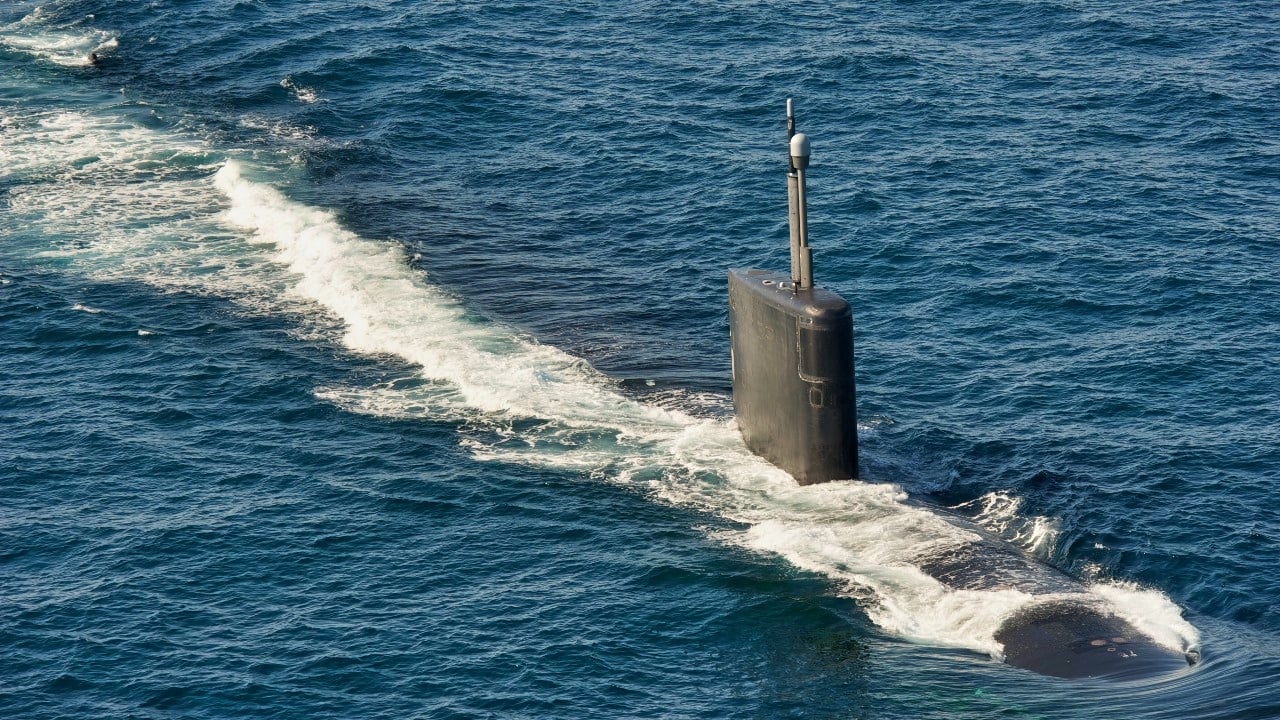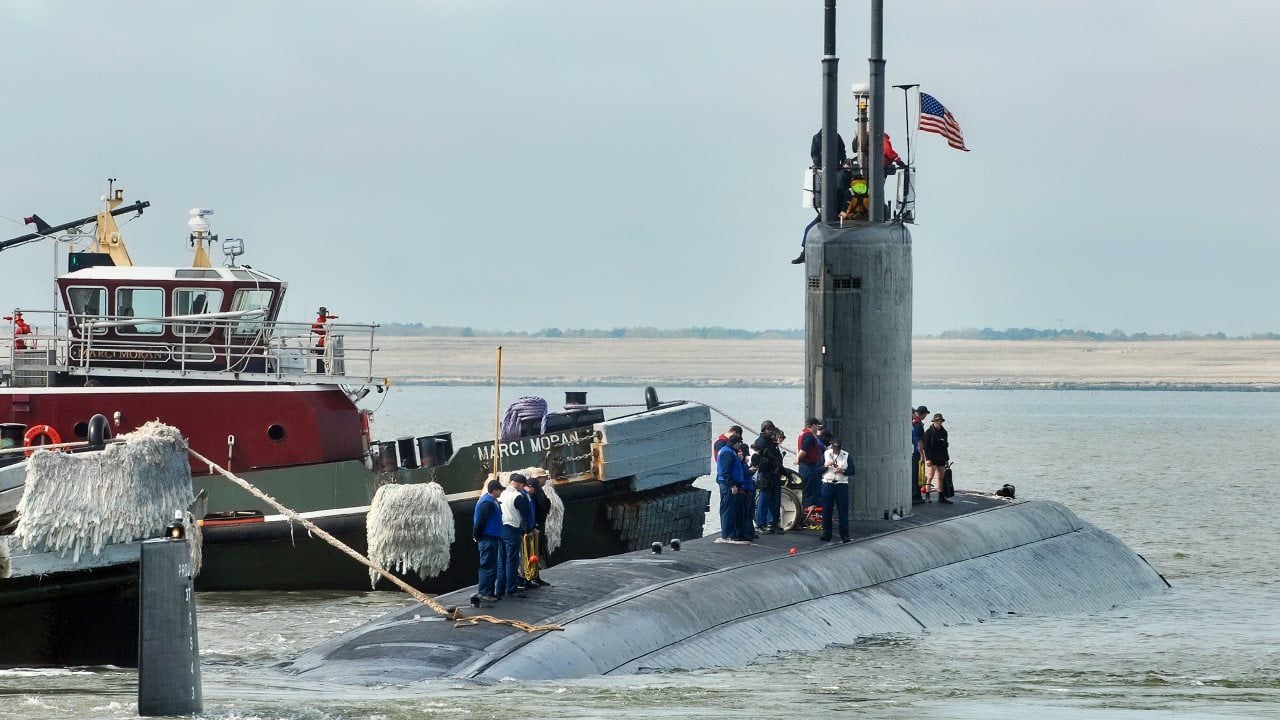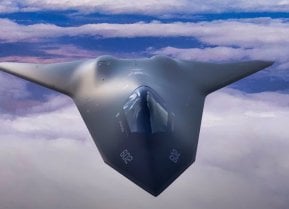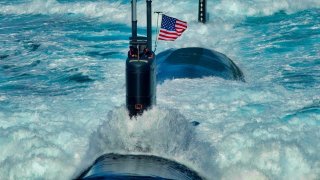'Sir, a U.S. Nuclear Submarine and Cruiser Collided': How the Unthinkable Happened
On October 14, 2012, the USS Montpelier, a Los Angeles-class fast attack submarine, collided with the USS San Jacinto, a Ticonderoga-class cruiser, off the coast of northeastern Florida.
Summary and Key Points: On October 14, 2012, the USS Montpelier, a Los Angeles-class fast attack submarine, collided with the USS San Jacinto, a Ticonderoga-class cruiser, off the coast of northeastern Florida.

-Both vessels were part of a Carrier Strike Group exercise with the USS Harry S. Truman. The collision, which caused $43 million in damages but no injuries, was attributed to human error and poor teamwork.
-An investigation revealed that Montpelier's commanding officer failed to follow periscope depth procedures, and the San Jacinto was distracted by other operations. The incident underscored the dangers of close-quarters naval operations and led to the dismissal of Montpelier's commanding officer.
USS Montpelier and USS San Jacinto Collision: How Human Error Led to a $43 Million Accident
At approximately 3:30 p.m. local time on Oct. 14, 2012, two U.S. Navy vessels collided off the coast of northeastern Florida. The collision involved USS Montpelier, a Los Angeles-class fast attack submarine, and USS San Jacinto, a Ticonderoga-class cruiser. Both vessels were able to sail away under their own power. No one was injured.
The two vessels were part of a group sail with a third vessel. They were conducting an anti-submarine exercise before deploying as part of a Carrier Strike Group with the Nimitz-class USS Harry S. Truman aircraft carrier. The collision brought to light the inherent danger of operating massive, powerful warships so close to one another.
How did it happen?
The collision was blamed on “human error and poor teamwork,” according to a Navy investigation.USS Montpelier was acting as an aggressor in the exercise, while USS San Jacinto was charged with protecting the carrier. But the Navy investigation found that San Jacinto wasn’t entirely focused on its anti-submarine mission. The vessel was multi-tasking, and was distracted with “higher-priority carrier flight operations.”
The investigation also found that Montpelier’s commanding officer, Cmdr. Thomas Winter, failed to follow basic periscope depth operating procedures. Apparently, Winter ordered Montpelier to go to “emergency deep” after watchstanders identified how close the submarine was to San Jacinto. The emergency dive was not executed quickly enough to keep Montpelier from striking San Jacinto, however. Winter was relieved of his post “due to a loss of confidence in his ability to command.”
But Winter wasn’t the only one at fault. The investigation found that the Navy’s chain of command failed to properly plan for the war game, in effect setting up Winter and Montpelier for failure.
Speaking after the collision, Adm. Bill Gortney said “the number one priority of any exercise is safety. This must be ingrained in our naval force. Regrettably, it is not. We must ensure the lessons earned from this accident are implanted into our officers and sailors. We will not repeat this failure.”
The collision was the second involving a nuclear-powered Los Angeles-class submarine and a U.S. surface vessel in just three years. In 2009, a Los Angeles-class sub collided with a U.S. surface vessel in the Strait of Hormuz, causing over $100 million in damage and spilling 25,000 gallons of fuel into the sea.

Montpelier’s collision with San Jacinto was less consequential. Repairs cost about $43 million. The damage included, for Montpelier, a dislodged rudder, and for San Jacinto, metal deformations to the sonar dome. Fortunately, no one on either vessel was injured.
About the Author: Harrison Kass
Harrison Kass is a defense and national security writer with over 1,000 total pieces on issues involving global affairs. An attorney, pilot, guitarist, and minor pro hockey player, Harrison joined the US Air Force as a Pilot Trainee but was medically discharged. Harrison holds a BA from Lake Forest College, a JD from the University of Oregon, and an MA from New York University. Harrison listens to Dokken.
All images are Creative Commons.


